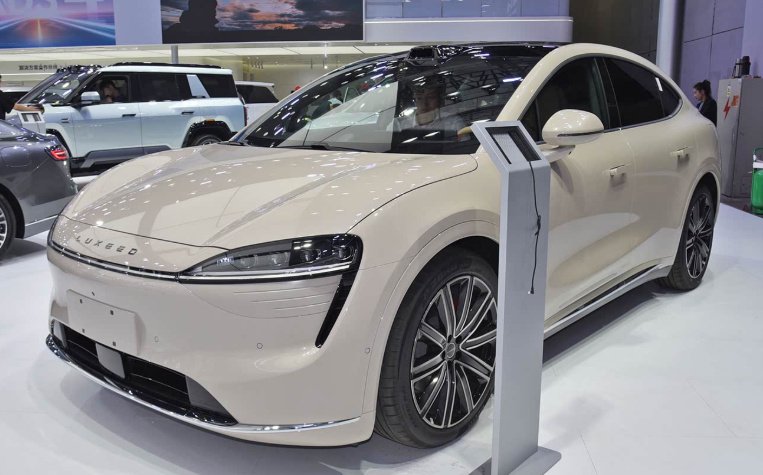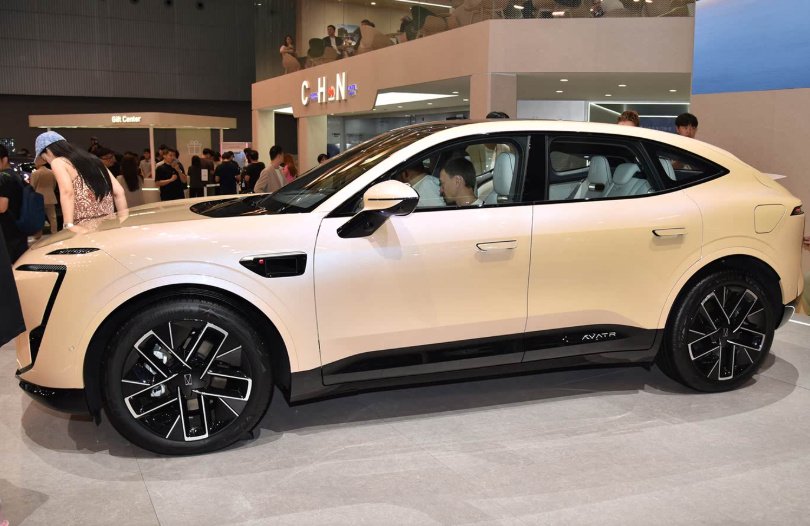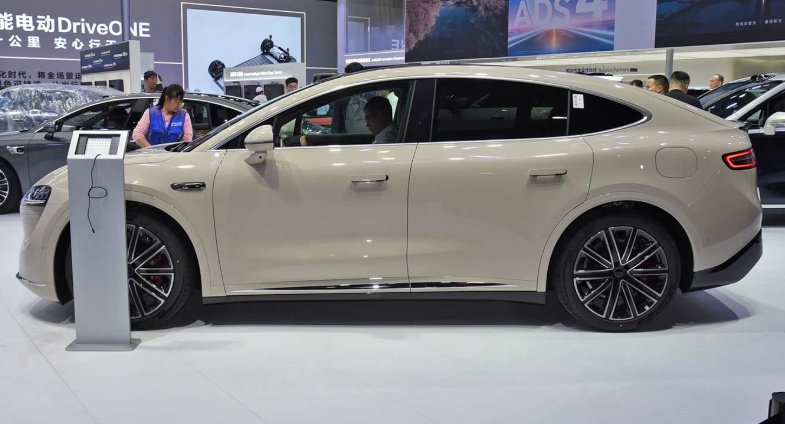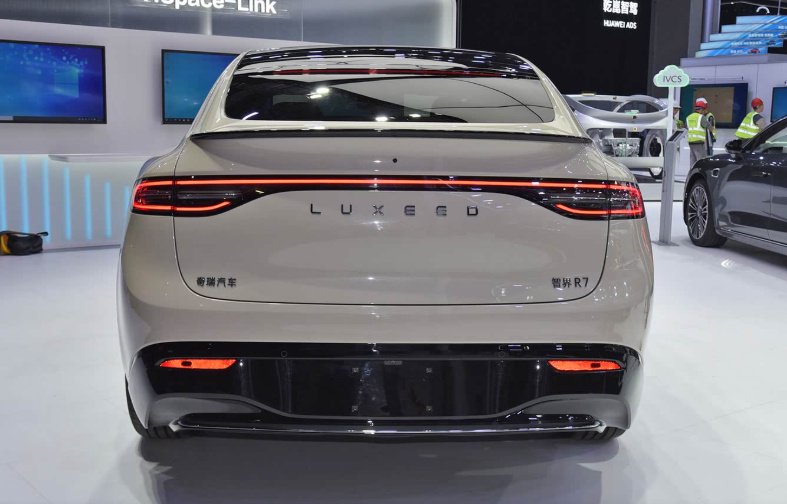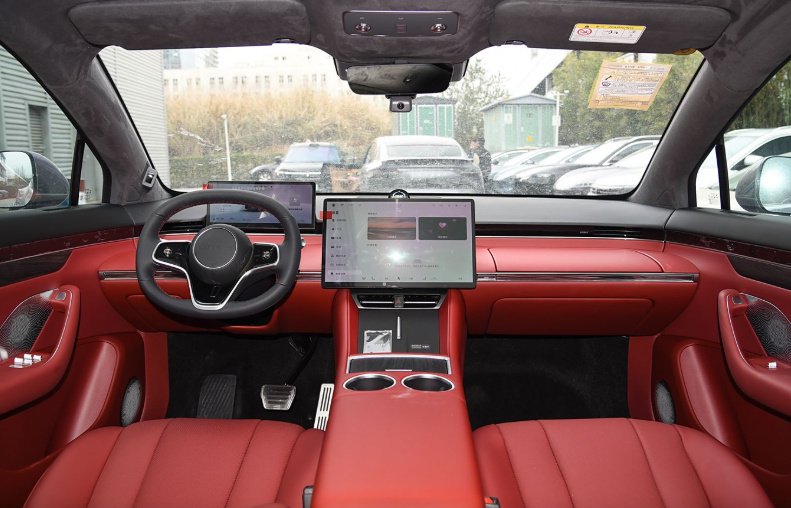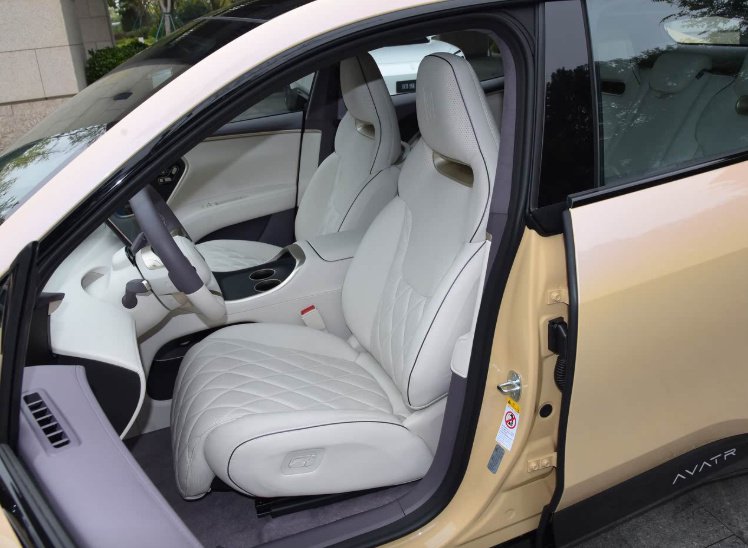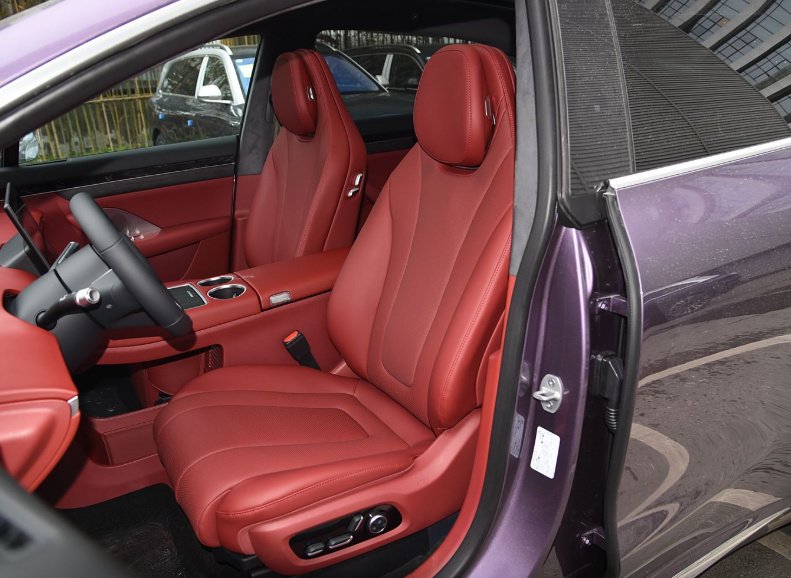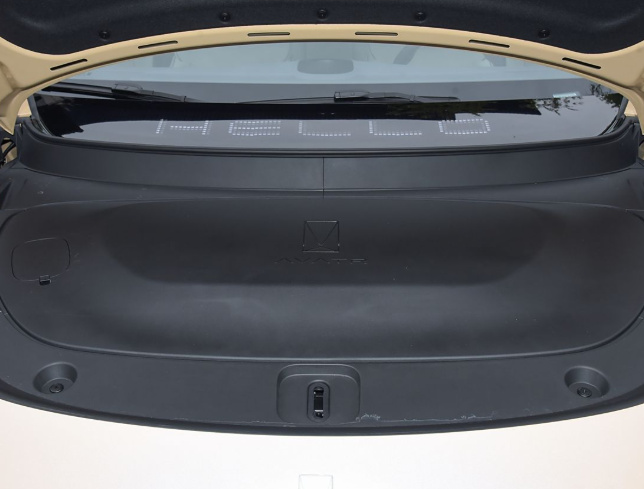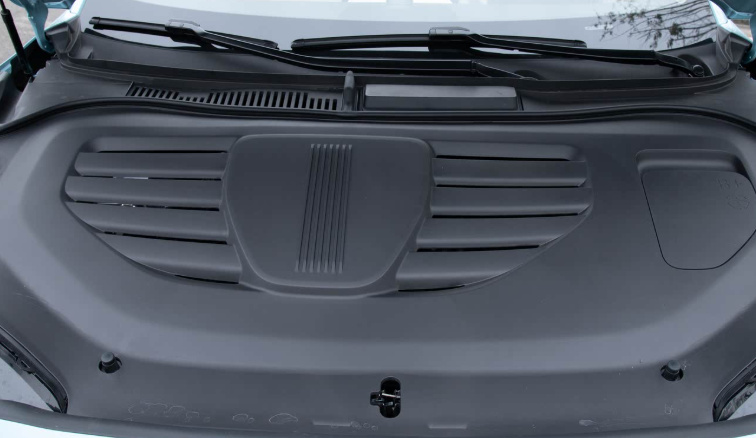The domestic new energy market boasts many high-end products. Prices keep rising. In the 300,000 yuan (41630$) segment, several strong contenders exist. For example, Huawei’s Avita 11 and Zhijie R7 have close ties. These models target similar markets and overlap in price. Many consumers struggle to choose between them. Which model is better?
The Avita 11 completed its product update in April. It launched the upgraded Max extended-range version with a guide price of 289,900 yuan (40230$). The Zhijie R7 also debuted in April. It now offers four extended-range models. Their prices range from 249,800 to 319,800 yuan (44380$).
Next, we will compare the Avita 11 Max extended range version with the Zhijie R7 extended range 251 Max, priced at 289,800 yuan (40210$). We will analyze which model has stronger capabilities given their similar prices. Exterior Design
The new Avita 11 retains the design of the previous model. Its shape remains simple and smooth. The front features a futuristic split daytime running light design. The light groups outline the front profile. The active group sits in the front bumper. A display screen below the windshield shows light messages.
The Zhijie R7 is the first coupe SUV from Hongmeng Zhixing. It features a family design. The front resembles the previous S7, with a rounded and full style. The front includes matrix headlights with four LED light sources. The bottom has an active grille. It reduces drag and cools the battery temperature.
The Avita 11 is a mid-large SUV. Its dimensions are 4895 mm long, 1970 mm wide, and 1601 mm high, with a wheelbase of 2975 mm. The side design looks tight and not bulky. It features hidden door handles and frameless doors. The sloping roofline enhances its sporty appearance.
The Zhijie R7 is a mid-to-large SUV. Its dimensions are 4956mm long, 1981mm wide, and 1634mm high. The wheelbase measures 2950mm. The R7 stands out with its sleek, coupe-like design. Compared to other SUVs in the Hongmeng family, the R7 offers a sportier visual effect.
The Avita 11 features a full rear design. Its continuous taillight design aligns with current trends. The rear window stands out with a nearly vertical shape. This differs from the typical sloped design of coupe-style SUVs. The overall look appears more compact.
The rear of the Zhijie R7 maintains a family design style. The贯穿式 tail lights are present. Designers added details like a small ducktail. The overall look is sporty. Interior design.
The Avita 11 interior layout retains the style of the previous model. It introduces a new color scheme of dusk purple and smoke white. The dashboard, upper door panels, and faux suede ceiling feature a soft dusk purple. The lower body areas and seats use a more elegant smoke white, creating a fresh look. This model includes a 15.6-inch central display, a 10.25-inch panoramic instrument panel, and a passenger entertainment screen. It also features a streaming rearview mirror. Functions include voice activation, facial recognition, an app store, gesture control, and 5G connectivity.
The interior of the Zhijie R7 features a family-style layout. The visual effect is simple. This car includes a 12.3-inch full LCD instrument panel and a 15.6-inch central display. The functions of the car system are similar to the former model. Notably, both cars use Huawei’s ADS smart driving system. The former model has three 96-line laser radars, while this car has one 192-line laser radar. The smart driving assistance functions in both cars are largely the same.
The Avita 11 features seats wrapped in faux leather. The front seats adjust electrically for both the driver and passenger. They also offer heating, ventilation, and massage functions. The front seats include electric memory settings. The rear seats provide similar heating, ventilation, and massage features. Overall, the seating experience is quite comfortable.
The Zhijie R7 features seats wrapped in synthetic leather. It adds a boss button, second-row seatback adjustment, and electric adjustment for second-row seats. The rear also has independent air conditioning. Overall, it offers a better comfort experience. Power system.
The Avita 11 Max extended range version features a 115 kW 1.5T range extender. It also includes a rear single motor with 231 kW output. The official 0-100 km/h acceleration time is 6.9 seconds. The vehicle has a 39.05 kWh lithium iron phosphate battery. It offers a CLTC pure electric range of 225 km and a CLTC comprehensive range of 1065 km.
The Zhijie R7 Max version features a 1.5T range extender with 115 kW output and a 200 kW rear single motor. It accelerates from 0 to 100 km/h in 7.4 seconds. The car includes a 37 kWh lithium iron phosphate battery. It offers a pure electric range of 251 km under CLTC. The comprehensive CLTC range reaches 1570 km. Additionally, it comes standard with CDC continuous damping variable shock absorbers and air suspension, which the Avita 11 lacks. In summary, today’s competition between these two models is clear. The Zhijie R7, closely linked to Huawei, surpasses the Avita 11 in features, range, and handling. The Avita 11 mainly excels in performance. For daily use, the Zhijie R7 stands out as the better choice. Therefore, I recommend the Zhijie R7 for the same budget.

